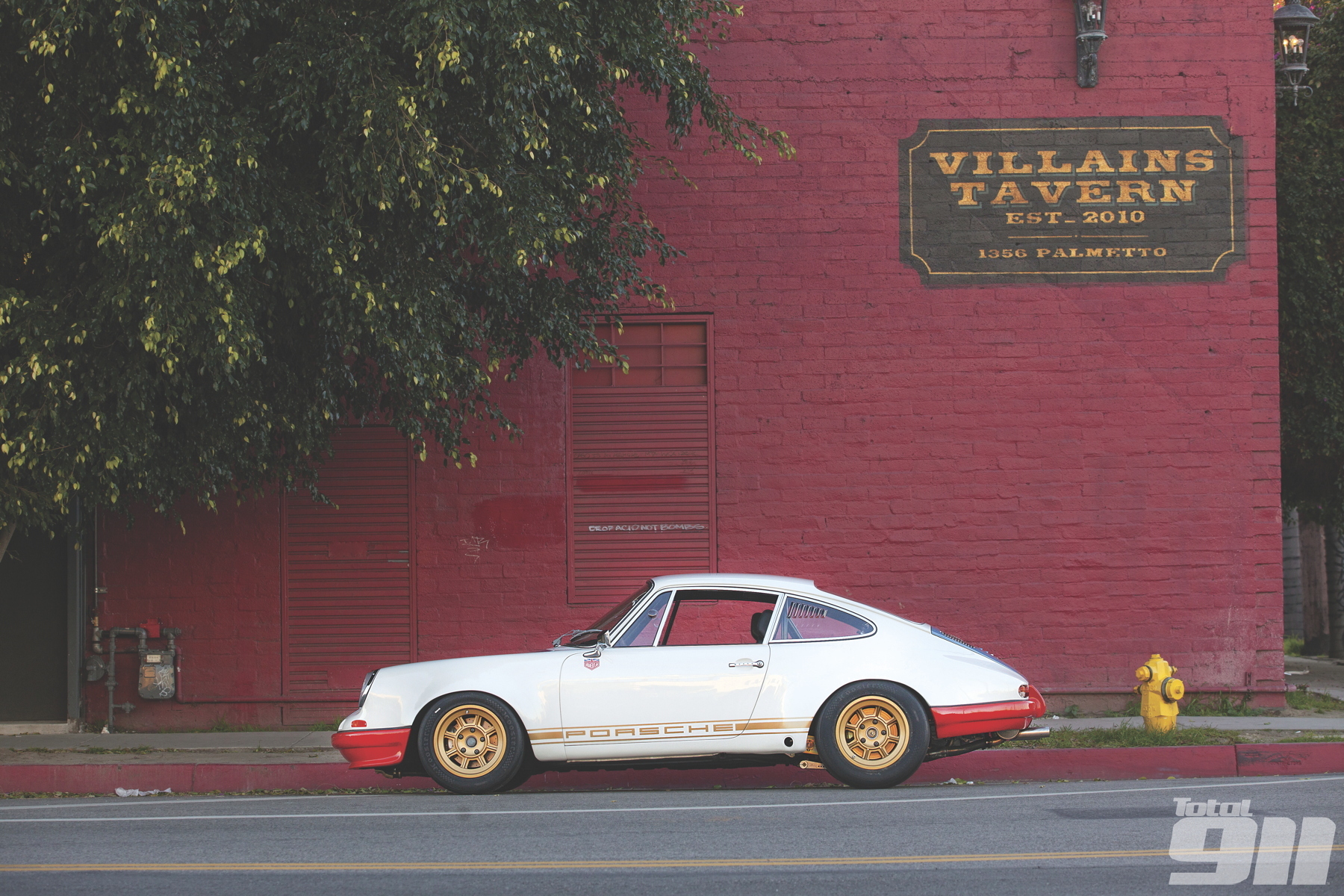Opinion: Is modifying a classic Porsche 911 sacrilegious?
You cannot deny that modified 911s of the classic ilk are enjoying an incredible renaissance at the moment. Yet, as values rise and rise, especially for ‘time warp’ cars preserved in factory specification, is the slippery slope of hot-rodding a moralistic path to take?
‘The market’, the mysterious non-entity that everyone refers to when discussing Porsche 911 values, prizes originality over everything. A basket case 1973 911 Carrera RS will likely fetch more than a tampered-with-yet-immaculate example.
The phrase ‘matching-numbers’ is worth its weight in gold however, it is a bizarre concept in reality. Engines can and do blow up, and so replacing them with a similar unit, even if it wasn’t the one the car left Zuffenhausen with, makes perfect sense to me.

In many ways, asking for an original classic 911 is like asking for an original racing car. Factory fitted parts wear out, break, or get damaged and so, by replacing them, the car suddenly changes from the one that left the factory all those years ago.
But, even with the hypocrisy that can surround the restoration of original Porsche 911s, taking a classic car and modifying is an entirely different ball game, fundamentally changing the character of the 911.
911Ts are ripe for picking in such a project, especially in the USA where values of these classic base models are not as astronomical as in Europe. With a basic interior and a wheezy 110-130bhp engine (dependent on Series) it’s understandable that some owners would want to improve upon its lowly base.

However, whether T, E, or S, classic, pre-impact bumpers are becoming hard to find. So, to take one and move it away from factory specification with a bigger engine, or wider wheels, or flared arches, means that one more throwback to a bygone era has been lost.
There is also a case for the argument that suggests you cannot improve on the original machinery produced in the Zuffenhausen factory. After all, can you seriously suggest you have more know how and financial clout than the mighty Porsche?
Maybe this line of thought is more apt when dealing with the more recent water-cooled cars where Porsche continually closes in on mechanical perfection, whereas the older offerings allow more scope for improvement. We certainly know more about building cars now than people did in the Sixties and Seventies.

So far then, I haven’t drawn many conclusions. I love factory-spec cars. I’m normally a stickler for originality as, if I buy a classic car, I want it so that I can experience from an era that predates my very existence. Therefore, you would assume that modified and hot-rodded 911s are anathema to me.
But, that’s where you’re wrong. I may not have the guts to do it myself but I applaud those individuals like Magnus Walker who strive to personalise their classic 911s both aesthetically and mechanically. They are truly creating ‘their’ car (which is exactly what Ferry Porsche did in creating the 911).
And they’re attracting a whole new generation of fans to the low-tech, thrill-a-minute experience of classic, air-cooled Porsche 911s. That’s no bad thing, as long as classic 911s continue to exist in order to satisfy the purists (and there seems to be enough division within the ranks to ensure that this is the case).
Share your thoughts in the comments section below, or via our Facebook and Twitter pages.


Comments (1)